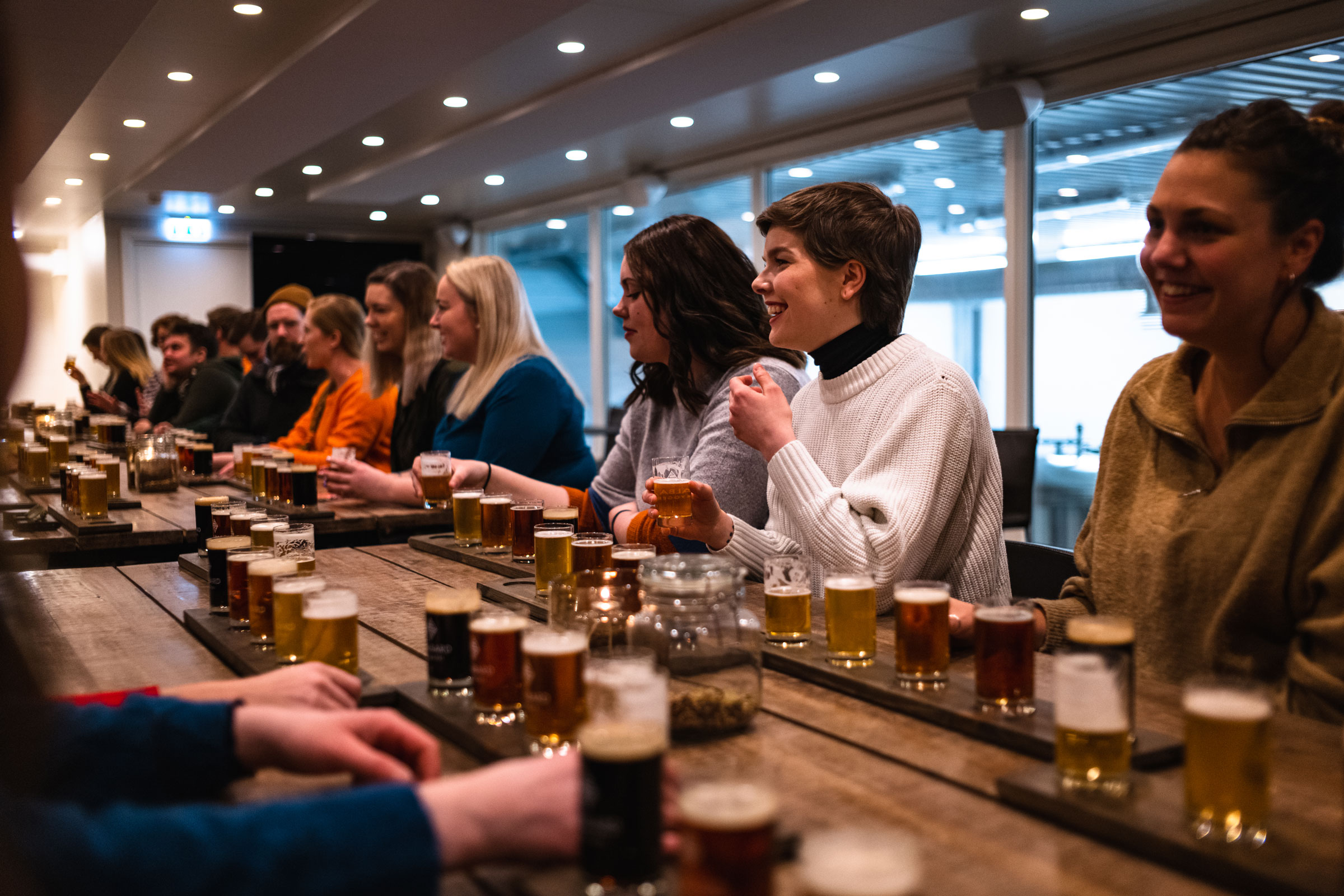Story at a glance:
- Svalbard Brewery is changing the way some people think about sustainable production.
- The brewery is the northernmost in the world and produces eight classic brews as well as rotating seasonal offerings using glacial water.
- Leftover mash from the brew process is used to heat the building and power production.
“Robert has a certain way of thinking,” I’m told when I sit down in a small office in Svalbard Brewery. I’ve found myself inside the world’s northernmost brewery, overlooking the mash tuns and brewery production process in an unlikely place—just steps from a rapidly changing sea in the middle of the Arctic.
Hege Giske, COO of Svalbard Brewery, says its founder, Robert Johansen, has always had a vision to do what’s best for the area and for the environment. Given their location in such a vulnerable climate—the effects of climate change are easily visible year to year—the brewery team has taken special care to reduce waste and make their process as sustainable as possible.
Giske points to the brewery leftovers, or the mash that remains after the brewing process. Initially this was sent out of Svalbard by boat to mainland Norway to be dealt with as waste. “That’s not very sustainable, and it’s quite expensive,” she says.
Johansen began to consider and experiment with alternatives. “He built a big dryer in a container downstairs in the warehouse, and now all the waste we produce at the brewery is dried and used for fire.” The brewery today is able to transform that leftover mash into fuel to heat the building and power production.
How It Started
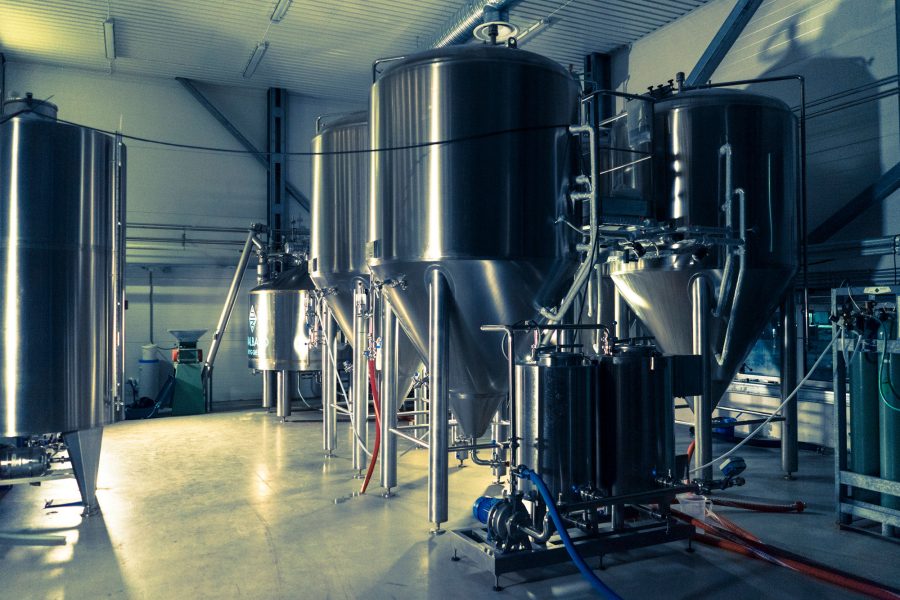
Photo courtesy of Svalbard Brewery
Robert and Anne Grete Johansen came up with their idea to open a brewery in 2007. At the time brewing was illegal, and strict alcohol purchasing rules still exist on Svalbard. Anyone living here must present their alcohol card, which is marked monthly to ensure purchase quotas aren’t exceeded—this includes up to two bottles of spirits or up to 24 cans or half bottles of beer of no more than 4.75% ABV, for example.
Prior to the brewery opening in 2015, any beer sold across Svalbard and in the growing number of bars and restaurants in the settlement of Longyearbyen had to be flown or shipped in. Now tourists and locals alike are able to purchase local beer, if they want, as the brewery was finally approved and the first cans released in 2015—after a lot of emails, calls, and working with politicians in mainland Norway. The law dates back to 1928, when mining was prevalent and concern persisted over miners drinking on or before the job or becoming depressed after a hard day’s work and many hours of darkness, above and below ground at times.
Glacier Water is Changing
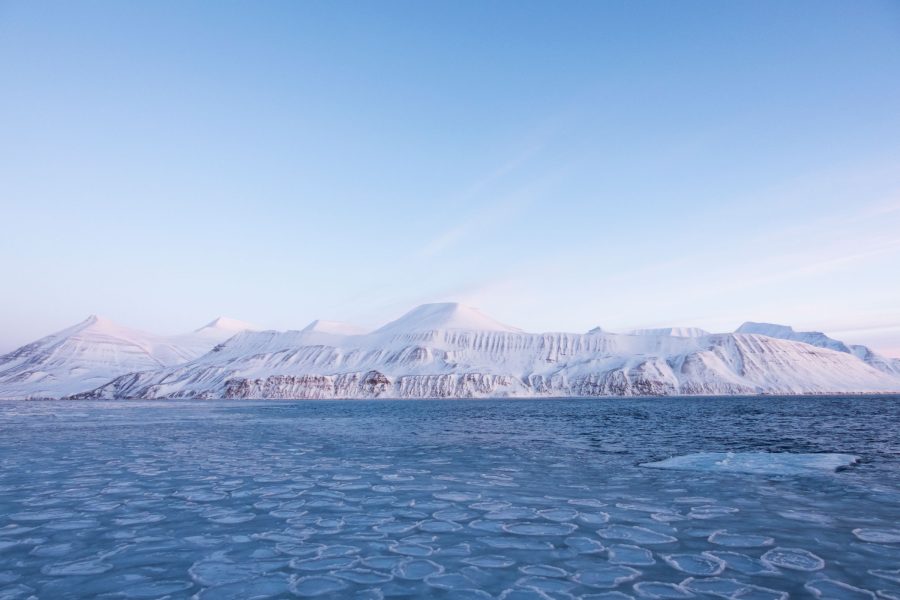
A fjord cruise through Isfjorden. Photo courtesy of Visit Svalbard
Brewing in the Arctic has other challenges, too. The brewery previously tried to re-create some of its recipes on the mainland, but the quality simply wasn’t the same, Giske says. All beer produced at the Svalbard brewery is made using water from a 2,000-year-old glacier, she says.
“We love what we’re doing up here, and Robert is very precise,” Giske says. “The water we have up here is very, very special. It’s very rich in minerals.”
The water we have up here is very, very special.
But climate change is affecting the water, and summer 2024 in particular presented the brewery with more issues, as ice melted more than usual in the areas around the settlement.
“We had a lot of stuff in our water that we had to clean. We have put a lot of new filters in,” Giske says. “There are more sediments in the water. They also discovered brown water that we had to cook because they were not sure what was in it.”
Thoughtful Resource Management
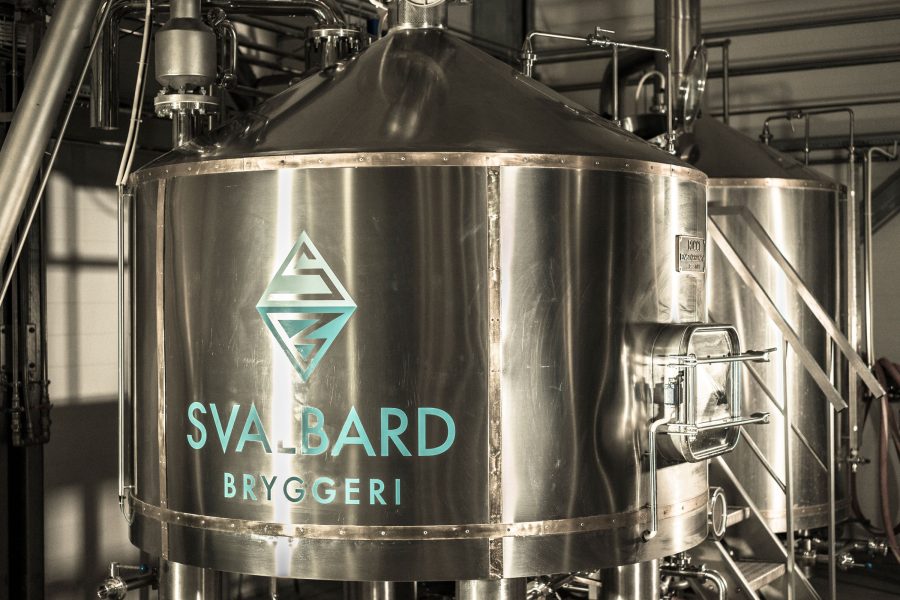
Photo courtesy of Svalbard Brewery
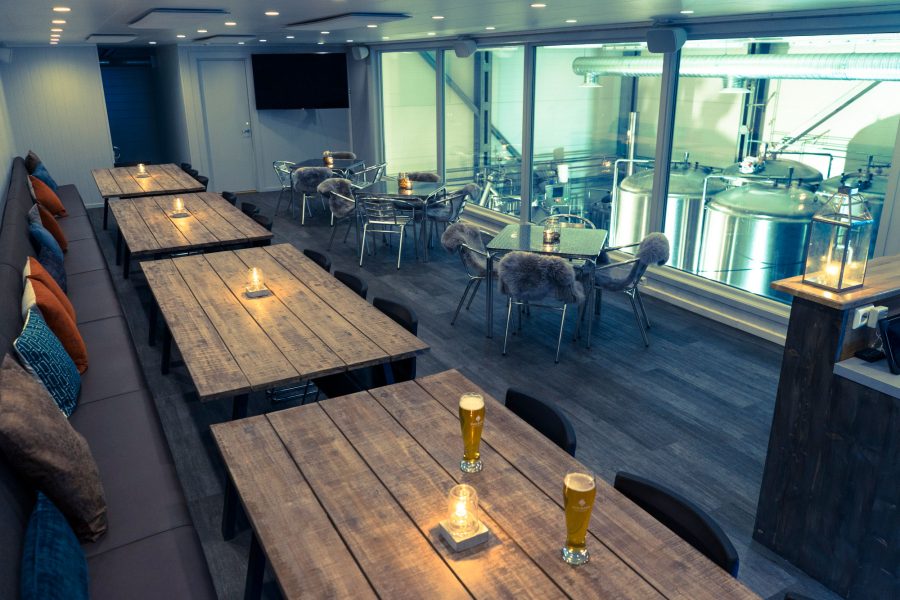
Photo courtesy of Svalbard Brewery
The brewery also makes canned water that is sold at the nearby grocery store—reducing reliance on water having to be shipped from the mainland.
They transport beer to the stores and restaurants using reusable trays that are brought back and forth to cut down on waste. They were experimenting with reusable kegs recently, too.
In 2024 the brewery was in the midst of plans to develop a container farm to produce salads and herbs to offset the need for outside ingredients. “It’s quite demanding because you cannot have a normal greenhouse,” Giske says, noting the Arctic darkness half the year.
“A lot of people said that it’s not sustainable to live up here in the first place, because you have to come up here by plane and you have to get all of what you need—clothing, food, equipment—by boat or plane,” Giske says. “We are trying to reduce that by being more self-sufficient.”

